After the short business meeting when the Chair, Geoff Hawkes reported that the Society is in good health financially and has over 140 members. Maurice Jones has resigned from the Committee and Gill Peachey and Sue Middleton were welcomed as additional new members. He thanked all who had helped FHS during the year.
 John Higgs then showed a selection of early picture postcards. In Great Britain the first post card (pre-stamped) appeared about 1870. The divided back postcard was issued in 1902.
John Higgs then showed a selection of early picture postcards. In Great Britain the first post card (pre-stamped) appeared about 1870. The divided back postcard was issued in 1902.
John explained that although postcards can be a useful local history resource, pictures are not always what they seem and the postcard makers were not always truthful. A splendid ‘real photograph’ (obviously an impossibility) of a Zeppelin being shot down highlighted by searchlights with surrounding explosions was variously captioned as being over the North Sea and over south east England. They had a supply of picturesque clouds to insert over a plain sky. The same oarsman appeared superimposed on different views of the River Lea. Many picture postcards were issued showing aspects of World War 1, most looked extremely posed
However, the practice of making personal photographs into postcards is of great benefit to the local historian. Pictures of large houses, long since disappeared, their servants, views of cities and villages, streets, buildings, rivers etc. are all very informative, but the local historian must be aware that photographs were sometimes not always what they seemed.
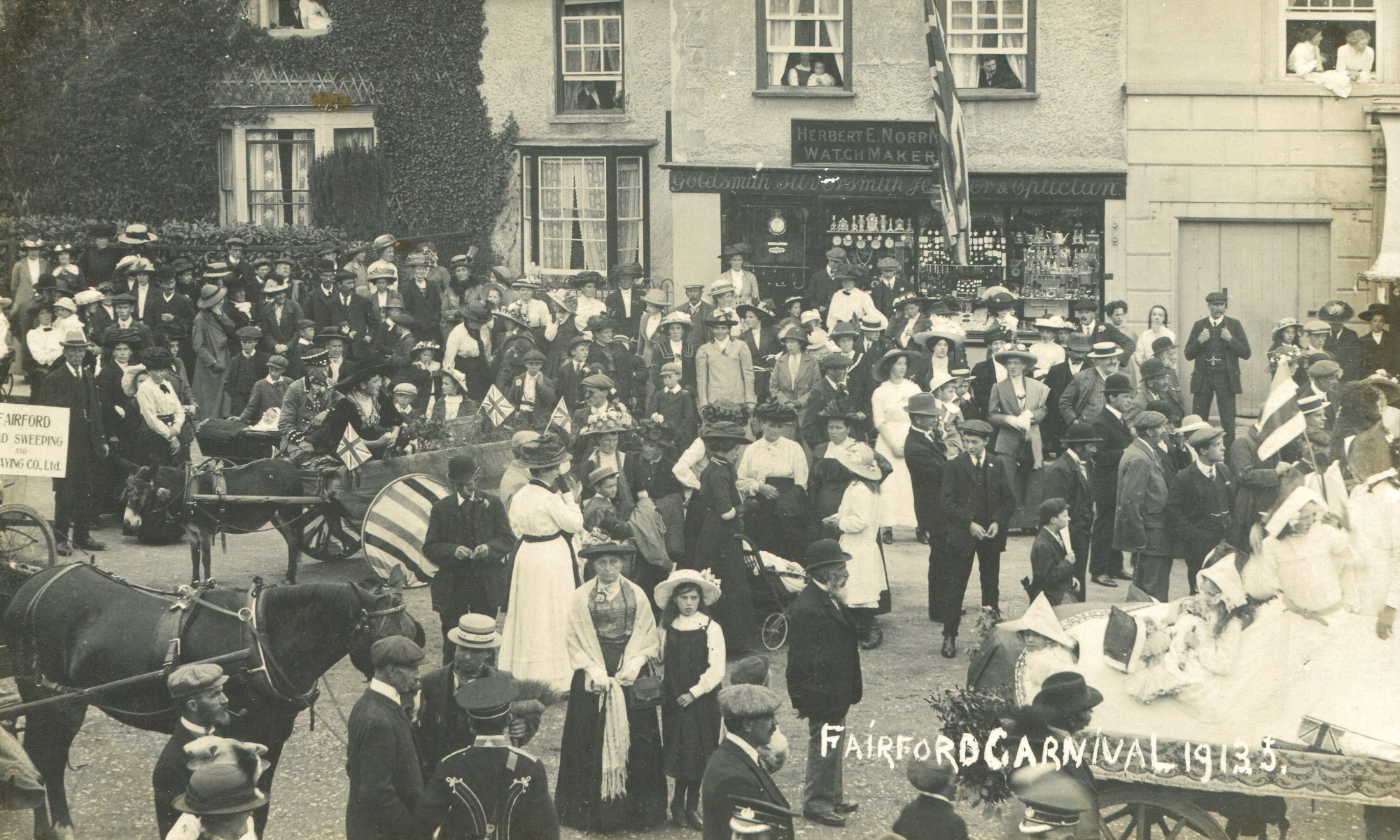

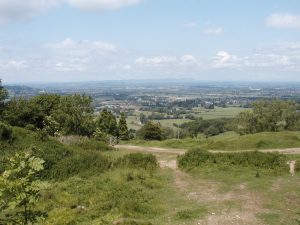
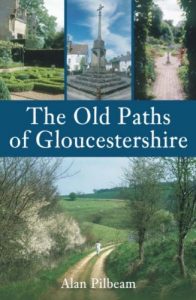
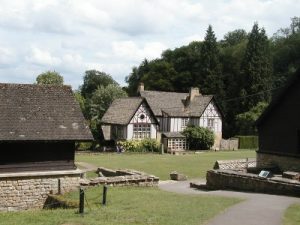
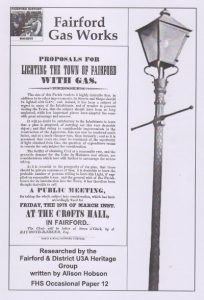



![Are the Oxpens the site of 'the wormstalls [cattle shelters] near the Greate Greene' cited in a 1591 Indenture?](https://www.fairfordhistory.org.uk/wp-content/uploads/2013/01/oxpens-300x199.png)
